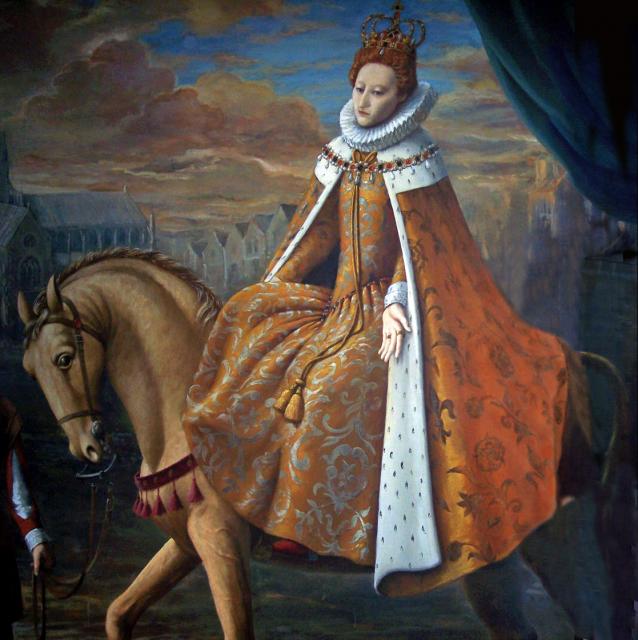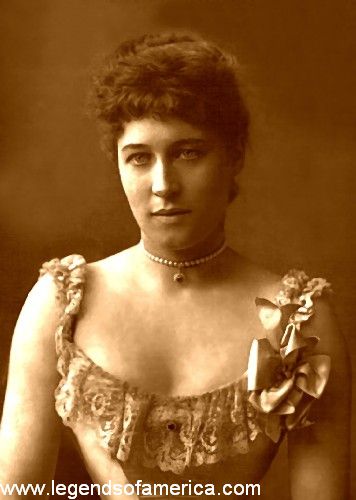 By Lisa Marie Wilkinson
By Lisa Marie Wilkinson A fictional interview with inventor Henry Winstanley by Lisa Marie Wilkinson.
Lisa Marie: I've selected you for inclusion in the "Famous People" category of the Unusual Historicals blog because you designed and oversaw the construction of the famous Eddystone Lighthouse. The lighthouse stood 14 kilometers off the coast of Plymouth, England until it was swept away during a violent storm in 1703. What other interesting facts do you feel make you a worthy "Famous People" candidate?
Henry Winstanley: My inventions weren't limited to lighthouses. I was an engraver, an architect, and I'd always had a fascination for hydraulics and all things mechanical. I had a house built in Littlebury for the purpose of housing some of my inventions for exhibition. My "Mathematical Water Theater," combining fireworks and fountains, was a popular attraction in London's Piccadilly during the 1690's. I was called the "Jester of Littlebury," because my house was filled with all sorts of oddities, including trap doors and chairs that came alive and ensnared those who sat in them.
 Lisa Marie: Would you object to my quoting a section from my historical romance novel, FIRE AT MIDNIGHT, which describes my heroine Rachael's first impression of your lighthouse?
Lisa Marie: Would you object to my quoting a section from my historical romance novel, FIRE AT MIDNIGHT, which describes my heroine Rachael's first impression of your lighthouse?Henry Winstanley: No, not at all. I'm very proud of my design.
Lisa Marie: Quoting passage from FIRE AT MIDNIGHT:
Sebastién battled a strong crosswind as he steered the tiny rowboat in choppy seas. They came close enough to the great foundation of rock to which the Eddystone Light was anchored that Rachael was afforded a glimpse of its underpinnings: iron rods of at least twelve feet in length in a stone base some two dozen feet tall.Lisa Marie: You also met my hero in a later scene, the Frenchman by the name of Sebastién Falconer.
This was no ordinary lighthouse. She squinted up at the high tower as they stepped onto the landing platform that led to the front entry. The ten-sided upper section bore an artist’s impressions of the sun and moon, plus various inscriptions, mostly in Latin, Post Tenebras Lux ("After Darkness, Light"), Salutem Omnium ("For the Safety of All"), Pax En Bello ("Peace in War"), and, Glory Be To God.
Directly below the great lantern with its massive glass windows was a skillfully engraved shower of stars and the inscription, Anno Dom in bold work, flanked by a reference to the reign of William the Third.
Sebastién urged her forward, whispering that he expected to find the decor of a Parisian bordello inside. As they passed through the main door, she glimpsed another engraving in Latin, this one a proclamation that the lighthouse had been designed and constructed by Henry Winstanley.
The interior of the tower upheld the lavish style promised by its exterior. She had expected to find steep, rust-corroded spiraling stairs, drafty landings, and hard pallets tossed onto cold floors. Sebastién, evidently expecting the same, gave a low whistle when he opened a door and discovered an attractively appointed bedchamber. The room was richly gilded, with a large closet, and a small chimney. While he noted the barred outside shutters with a grunt of approval, she marveled at the fine woodwork and the quality of the tapestry rugs.
Henry Winstanley: I'd rather not be reminded of that.
Lisa Marie: Why is that, Mr. Winstanley?
 Henry Winstanley: Because I hate French privateers! When I was hard at work constructing the foundation for the first light tower to stand on the Eddystone rocks, my crew and I were attacked by French privateers and taken as hostages to France. If not for Louis XIV, I might have languished in France forever. But Louis simply ordered me returned to England, saying that, "France is at war with England, not with humanity."
Henry Winstanley: Because I hate French privateers! When I was hard at work constructing the foundation for the first light tower to stand on the Eddystone rocks, my crew and I were attacked by French privateers and taken as hostages to France. If not for Louis XIV, I might have languished in France forever. But Louis simply ordered me returned to England, saying that, "France is at war with England, not with humanity."Lisa Marie: Did you say, "the first light tower?" How many have there been?
Henry Winstanley: There have been a total of five. But I believe mine was the best, because it was the most beautiful design, with an octagonal tower and splendid furnishings within.
Lisa Marie: Would you share your most famous anecdote concerning the Eddystone Lighthouse with us?
Henry Winstanley: I used to say I yearned to be inside my lighthouse during the greatest storm there ever was. The lesson to be learned there is: be careful what you wish for.
Lisa Marie's closing note: Henry Winstanley and several workmen had sailed out to the Eddystone Lightouse on the night of November 27, 1703, to do repairs on the lighthouse. This was the night of what would come to be known throughout England's history as "The Great Storm." Winstanley and his crew perished when the lighthouse was swept away during the storm.














































